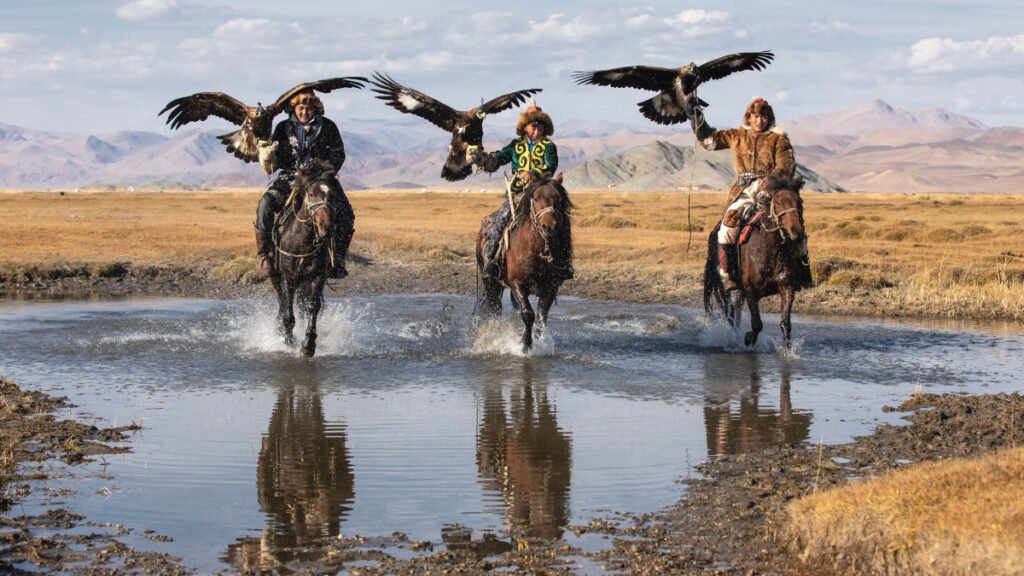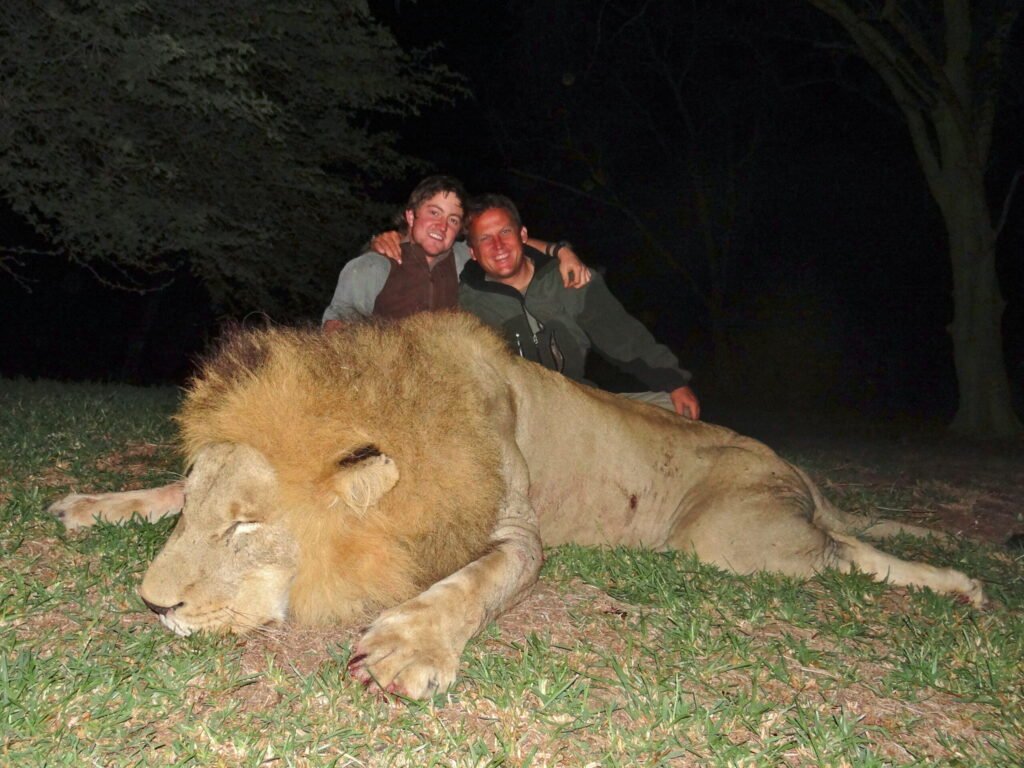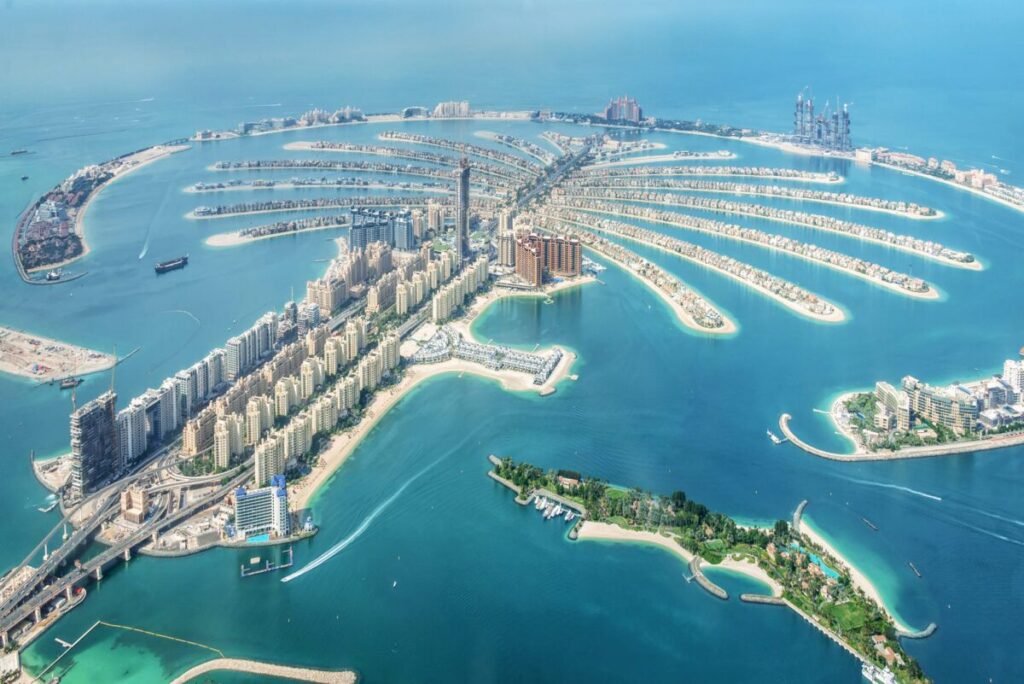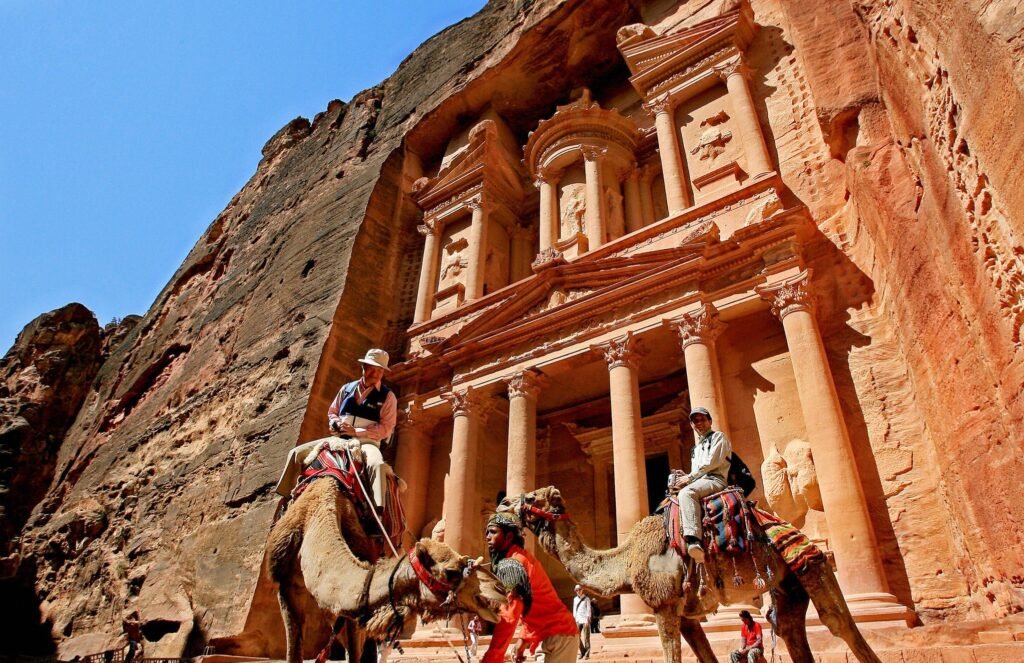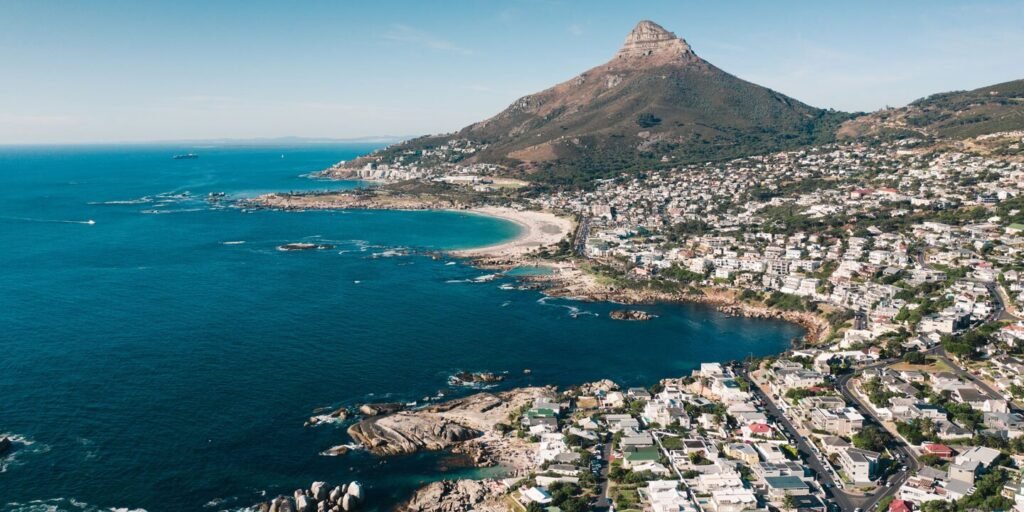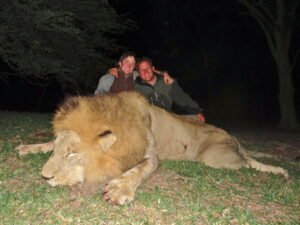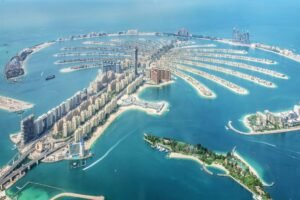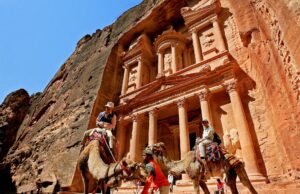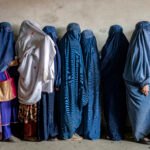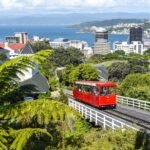Explore Mongolia: A Vast Country of Nomadic Heritage and Majestic Landscapes
Mongolia, officially known as the State of Mongolia, is a landlocked country located in East and Central Asia. It shares borders with Russia to the north and China to the south. The capital and largest city is Ulaanbaatar, which is home to approximately half of the country’s population.
Mongolia is known for its vast steppes, rugged mountains, and the Gobi Desert. The country experiences an extreme continental climate with long, harsh winters and short, warm summers. Mongolia is famous for its nomadic culture, which is still practiced by a significant portion of the population.
Economically, Mongolia has a developing market economy with rich mineral resources, including coal, copper, gold, and uranium. Agriculture, especially livestock farming, also plays a crucial role in the economy. The Mongolian tugrik (MNT) is the official currency. Mongolia has been undergoing rapid economic changes, particularly with the development of the mining sector.
Culturally, Mongolia has a rich heritage influenced by its nomadic traditions, Buddhism, and the legacy of the Mongol Empire. The country is known for its traditional music, throat singing, and the Naadam Festival, which features traditional sports such as wrestling, horse racing, and archery. Mongolian is the official language, and the majority of the population are ethnic Mongols.
Politically, Mongolia is a democratic republic with a multi-party system. The president is the head of state, and the prime minister is the head of government. Mongolia has been praised for its successful transition to democracy and its efforts in promoting human rights and freedom.
Tourism in Mongolia is growing, with attractions including the Gobi Desert, the ancient city of Karakorum, and the pristine landscapes of the Altai Mountains. Mongolia’s unique culture, stunning landscapes, and warm hospitality make it a fascinating destination for travelers.
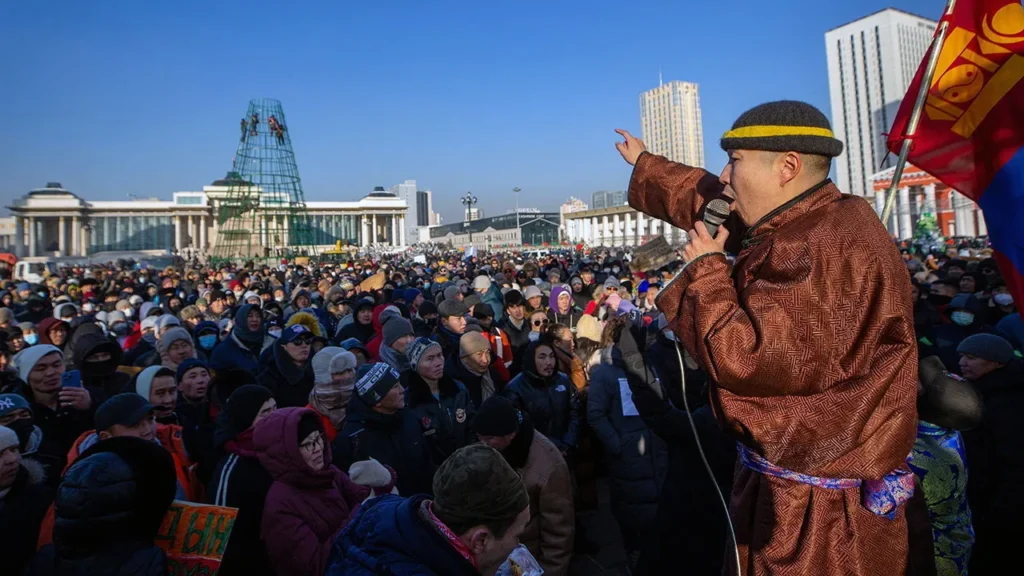
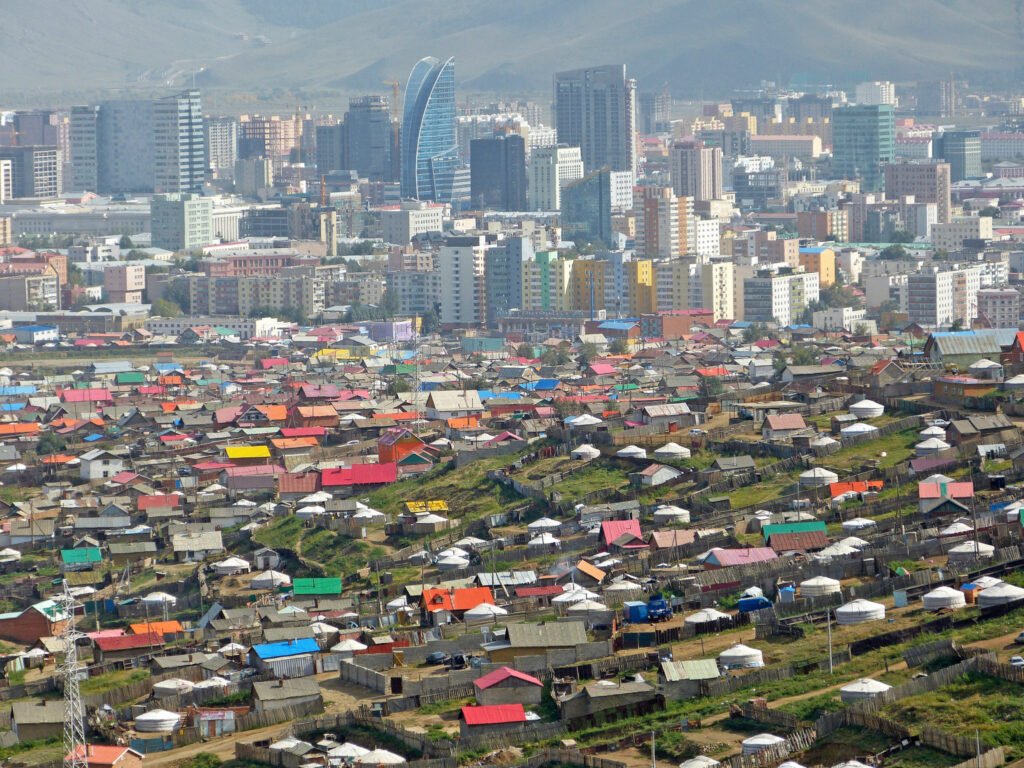
110 Facts About Mongolia (2024)
Basic Information
| Category | Details |
|---|---|
| 1. Current Name | Mongolia |
| 2. National Name | Монгол Улс (Mongol Uls) |
| 3. Former Names | Outer Mongolia |
| 4. Date of Establishment | December 29, 1911 |
| 5. Date of Independence | December 29, 1911 (from the Qing Dynasty) |
| 6. Leadership | President: Ukhnaagiin Khürelsükh, Prime Minister: Luvsannamsrain Oyun-Erdene |
| 7. Government Type | Semi-presidential republic |

Geography
| Category | Details |
|---|---|
| 8. Capital City | Ulaanbaatar |
| 9. Important Cities | Erdenet, Darkhan, Choibalsan, Ölgii |
| 10. Land Area | 1,564,116 square kilometers |
| 11. Total Area | 1,564,116 square kilometers |
| 12. Neighboring Countries (Land) | Russia, China |
| 13. Neighboring Countries (Sea) | None |
| 14. UNESCO World Heritage Sites | Orkhon Valley, Great Burkhan Khaldun Mountain and its surrounding sacred landscape |
| 15. UNESCO World Natural Sites | None |
| 16. Climate | Continental, with long, harsh winters and short, warm summers |
| 17. Biodiversity | Home to species like the snow leopard, Bactrian camel, and Argali sheep |
| 18. Famous River | Kherlen River |
| 19. Famous Mountain | Khüiten Peak (highest point in the Altai Mountains) |
| 20. Coastline Length | None (landlocked) |
| 21. Major Islands | None |
| 22. Longest River | Orkhon River |
| 23. Highest Waterfall | Orkhon Waterfall |
| 24. Largest Lake | Lake Khövsgöl |
| 25. Largest Forest | Khentii Forest |
Population
| Category | Details |
|---|---|
| 26. Population (2024) | Approximately 3.5 million |
| 27. Population (1950) | 780,000 |
| 28. Population (1900) | 600,000 |
| 29. Projected Population (2070) | 5 million |
| 30. Population Density | 2.2 people per square kilometer |
| 31. Urban Population (%) | 68% |
| 32. Rural Population (%) | 32% |
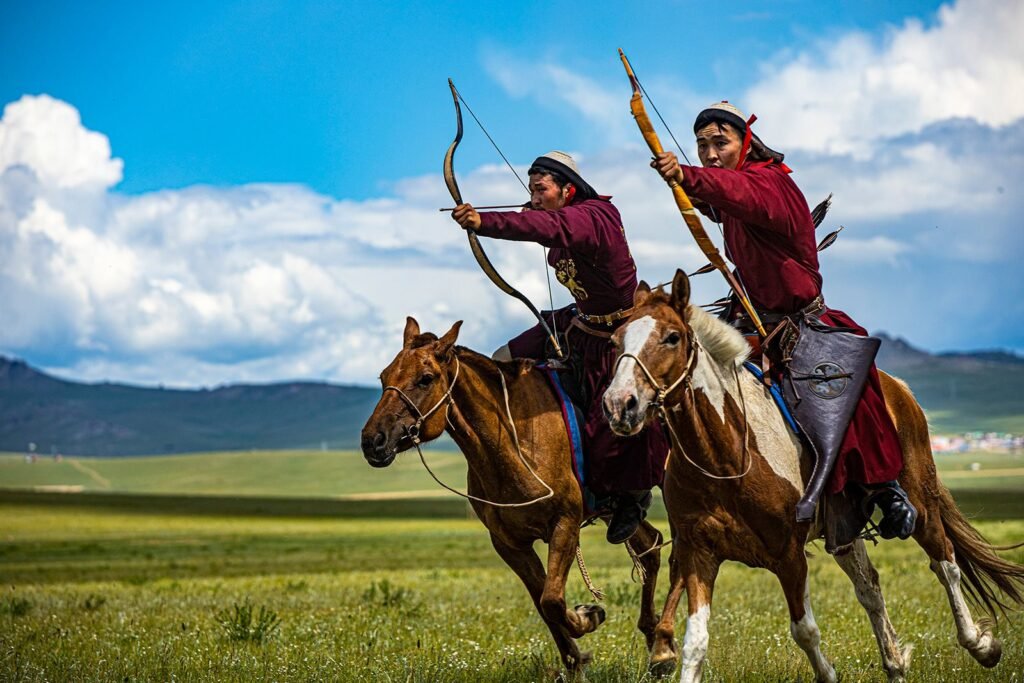
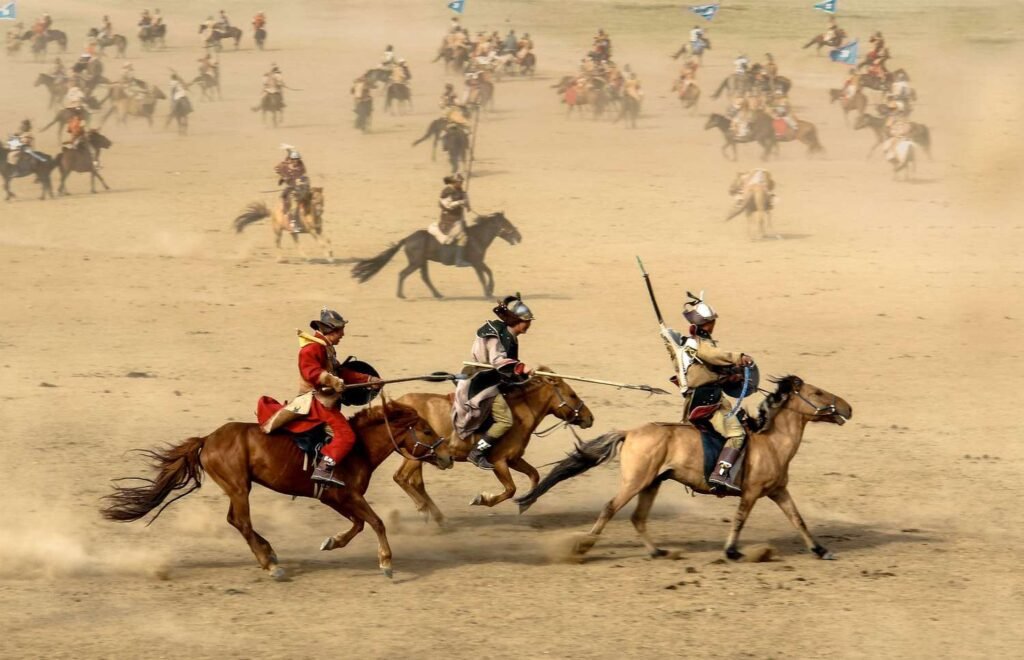
Demographics
| Category | Details |
|---|---|
| 33. Ethnicity/Race | Mongol (95%), Kazakh (4%), Other (1%) |
| 34. Languages | Mongolian (official), Kazakh, Russian |
| 35. National Language | Mongolian |
| 36. Religion | Buddhism (Mahayana) (51.7%), Shamanism (2.9%), Islam (3.8%), Christianity (1.7%), None (40%) |
| 37. Median Age | 28.2 years |
| 38. Life Expectancy | 70.6 years |
| 39. Birth Rate | 21.3 births per 1,000 people |
| 40. Death Rate | 6.2 deaths per 1,000 people |
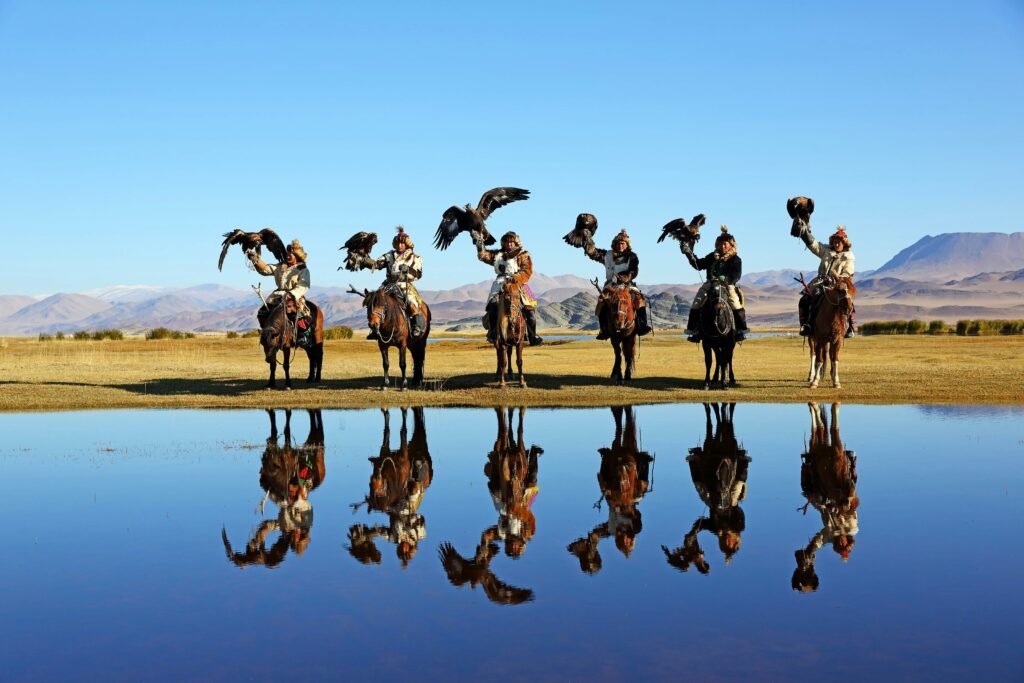
Economic Indicators
| Category | Details |
|---|---|
| 41. Monetary Unit | Mongolian Tugrik (MNT) |
| 42. GDP | $14.9 billion (2022 est.) |
| 43. GDP per Capita (PPP) | $4,340 (2022 est.) |
| 44. Income Level | Lower-middle income |
| 45. Consumer Price Inflation | 8.7% (2022 est.) |
| 46. Current Account Balance | -$1.1 billion (2022 est.) |
| 47. Exchange Rate (Per $) | 1 USD = 2,849 MNT |
| 48. Unemployment Rate | 6.3% (2022 est.) |
| 49. Stocks Inward ($ billion) | 3.2 (2022 est.) |
| 50. Real GDP Growth (%) | 6.7% (2022 est.) |
| 51. Labor Force (Million) | 1.2 million |
| 52. Major Industries | Mining, agriculture, manufacturing, construction |
| 53. Major Exports | Copper, coal, textiles, livestock, crude oil |
| 54. Major Imports | Machinery, vehicles, fuel, foodstuffs, chemicals |
| 55. Public Debt (% of GDP) | 63.7% (2022 est.) |
| 56. Tax Revenue (% of GDP) | 21.2% (2022 est.) |
| 57. Minimum Wage | 420,000 MNT per month |
| 58. Average Household Income | 14.8 million MNT per year |
| 59. Inflation Rate | 8.7% (2022) |
| 60. Interest Rate | 12% (2022) |
| 61. Major Trade Partners | China, Russia, Japan, South Korea, Germany |
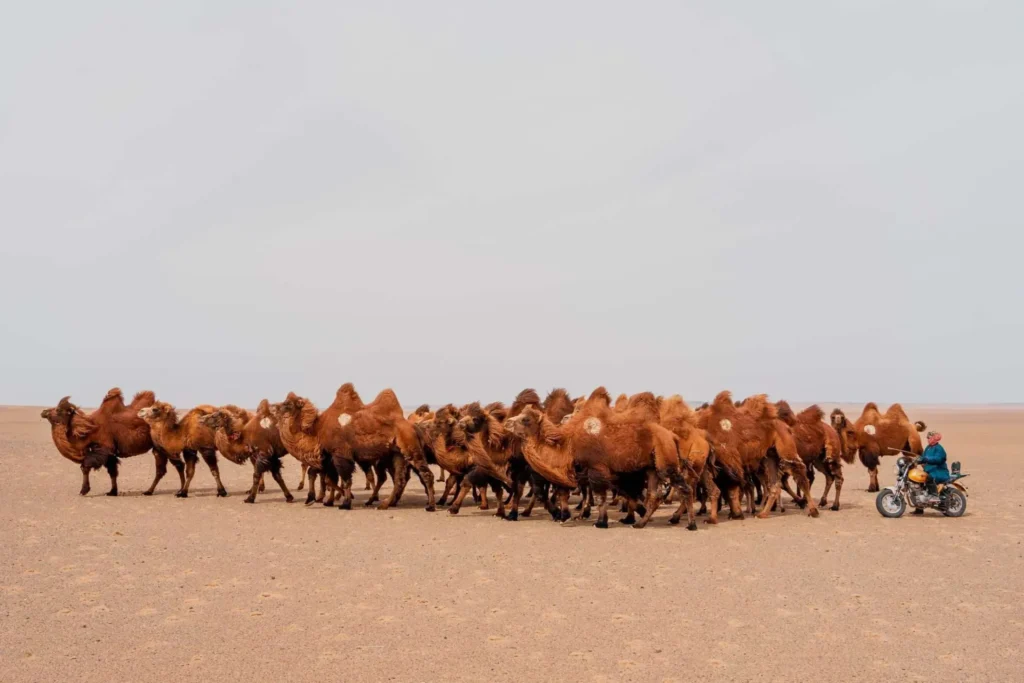
| Category | Details |
|---|---|
| 62. Literacy Rate | 98.4% |
| 63. Fertility Rate | 2.8 children per woman |
| 64. Infant Mortality Rate | 16.6 per 1,000 live births |
| 65. Under-5 Mortality Rate | 21.4 per 1,000 live births |
| 66. National Holidays | Naadam Festival, Tsagaan Sar (Lunar New Year), Independence Day |
| 67. Health Care System | Developing, with major improvements needed |
| 68. Health Expenditure (% of GDP) | 6.4% (2022 est.) |
| 69. Obesity Rate | 21% of adults |
Social Indicators (continued)
| Category | Details |
|---|---|
| 69. Obesity Rate | 21% of adults |
| 70. Drinking Water Source | 67% of the population has access to clean drinking water |
| 71. Access to Sanitation | 52% of the population has access to improved sanitation facilities |
| 72. Average Life Satisfaction | 5.1/10 |
| 73. Major Health Issues | Tuberculosis, cardiovascular diseases, respiratory infections |
Culture and Society
| Category | Details |
|---|---|
| 74. National Sport | Wrestling |
| 75. National Animal | Przewalski’s Horse |
| 76. National Flower | Scabiosa |
| 77. Famous Cuisine | Buuz (dumplings), Khuushuur (fried pastries), Tsuivan (noodle stew), Airag (fermented mare’s milk) |
| 78. Famous Music | Throat singing, Morin Khuur (horsehead fiddle) music |
| 79. Major Festivals | Naadam Festival, Tsagaan Sar (Lunar New Year), Eagle Festival |
| 80. Traditional Dance | Biyelgee |
| 81. Famous Artists | Zanabazar, Natsagdorj Tserendorj |
| 82. Famous Writers | Galsan Tschinag, D. Natsagdorj |
| 83. Cultural Influences | Nomadic traditions, Tibetan Buddhism, Soviet influence |
| 84. Popular Sports | Football, Basketball, Archery |
| 85. Religious Practices | Predominantly Buddhism (Mahayana), with Shamanistic practices |
Education
| Category | Details |
|---|---|
| 86. Best Public University | National University of Mongolia |
| 87. Best Private University | Mongolian University of Science and Technology |
| 88. Education Expenditure (% of GDP) | 5.4% (2022 est.) |
| 89. Literacy Rate | 98.4% |
| 90. Primary School Enrollment | 97% |
| 91. Secondary School Enrollment | 88% |
| 92. Higher Education Enrollment | 38% |
| 93. Major Fields of Study | Mining Engineering, Medicine, Information Technology |
| 94. Number of Universities | 75 |
| 95. International Students | 5,000 |
| 96. Graduation Rate | 80% (high school) |
Environment
| Category | Details |
|---|---|
| 97. Pollution Levels | High in urban areas, particularly Ulaanbaatar |
| 98. Forest Coverage | 8% of total land area |
| 99. Protected Areas | 18% of land area protected |
| 100. Renewable Energy Use | 3% of total energy consumption (2022) |
| 101. Endangered Species | Snow Leopard, Saiga Antelope, Gobi Bear |
| 102. National Parks | Gorkhi-Terelj National Park, Khustain Nuruu National Park |
| 103. Environmental Policies | Focus on combating desertification and promoting sustainable grazing |
International Standing
| Category | Details |
|---|---|
| 104. Military Strength | Developing |
| 105. Country Rank | 116th in Human Development Index (2022) |
| 106. Happiness Rank | 92nd (World Happiness Report, 2022) |
| 107. Passport Rank | 70th (Henley Passport Index, 2022) |
| 108. Tourism Rank | 121st (UNWTO Tourism Ranking, 2019) |
| 109. Global Economy Rank | 131st (World Bank, 2022) |
| 110. Science and Technology Rank | 115th (Global Innovation Index, 2021) |
History of Mongolia
Mongolia’s history is dominated by the legacy of the Mongol Empire, founded by Genghis Khan in 1206. This empire, which became the largest contiguous land empire in history, significantly influenced many cultures and regions. After the empire’s decline, Mongolia was divided and ruled by various khanates and dynasties.
In the 17th century, Mongolia fell under the rule of the Qing Dynasty. The early 20th century saw Mongolia’s struggle for independence from China, which was achieved in 1911. However, it wasn’t until 1921, with Soviet support, that Mongolia fully established itself as an independent country.
Throughout much of the 20th century, Mongolia was a Soviet satellite state, with a communist government and a centrally planned economy. The collapse of the Soviet Union in 1991 led to significant political and economic changes in Mongolia, transitioning to a democratic government and market economy.
Today, Mongolia is known for its democratic institutions, rich cultural heritage, and vast, unspoiled natural landscapes.
The Flag of Mongolia
The flag of Mongolia consists of three vertical stripes of red, blue, and red. The red symbolizes progress and prosperity, while the blue represents the eternal sky. On the left red stripe, there is the national emblem, the Soyombo, which is a columnar arrangement of abstract and geometric shapes representing fire, sun, moon, earth, water, and the yin-yang symbol.
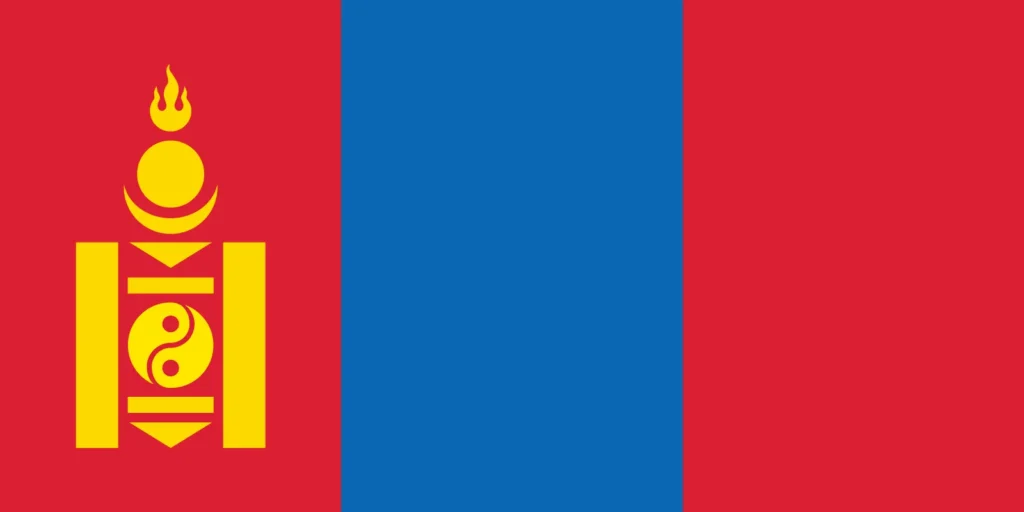
- Red: Represents progress and prosperity.
- Blue: Symbolizes the eternal blue sky.
- Soyombo: A traditional Mongolian symbol representing the elements of nature and harmony.
The flag’s design reflects Mongolia’s national identity, cultural heritage, and the significance of nature in Mongolian culture. The current flag was adopted on February 12, 1992.
References
- “Mongolia.” Encyclopædia Britannica. britannica.com
- “History of Mongolia.” History.com. history.com
- “The Flag of Mongolia.” CIA World Factbook. cia.gov
- “Mongolian Economy.” World Bank. worldbank.org
- “UNESCO World Heritage Sites in Mongolia.” UNESCO. unesco.org
Top 10 Hunting Resorts in Asia
Asia offers a unique blend of hunting experiences, from the rugged mountains to dense forests,…
Top 10 Cheapest Hunting Destinations in the World
Hunting can be an expensive hobby, but there are several destinations around the world where…
Top 10 Most Expensive and Luxury Hunting Resorts in the World
For those seeking the ultimate luxury hunting experience, these destinations offer world-class amenities, exclusive game,…
Top 10 Most Expensive and Luxury Destinations in the World
Experience the Pinnacle of Opulence at These Luxury Travel Destinations For those seeking the epitome…
Top 10 Historical Reserves in the World
Explore the World’s Most Fascinating Historical Reserves Visiting historical reserves offers a unique glimpse into…
Top 10 Cheapest Travel Destinations in 2024
Explore These Budget-Friendly Cities Around the World Traveling on a budget doesn’t mean you have…
